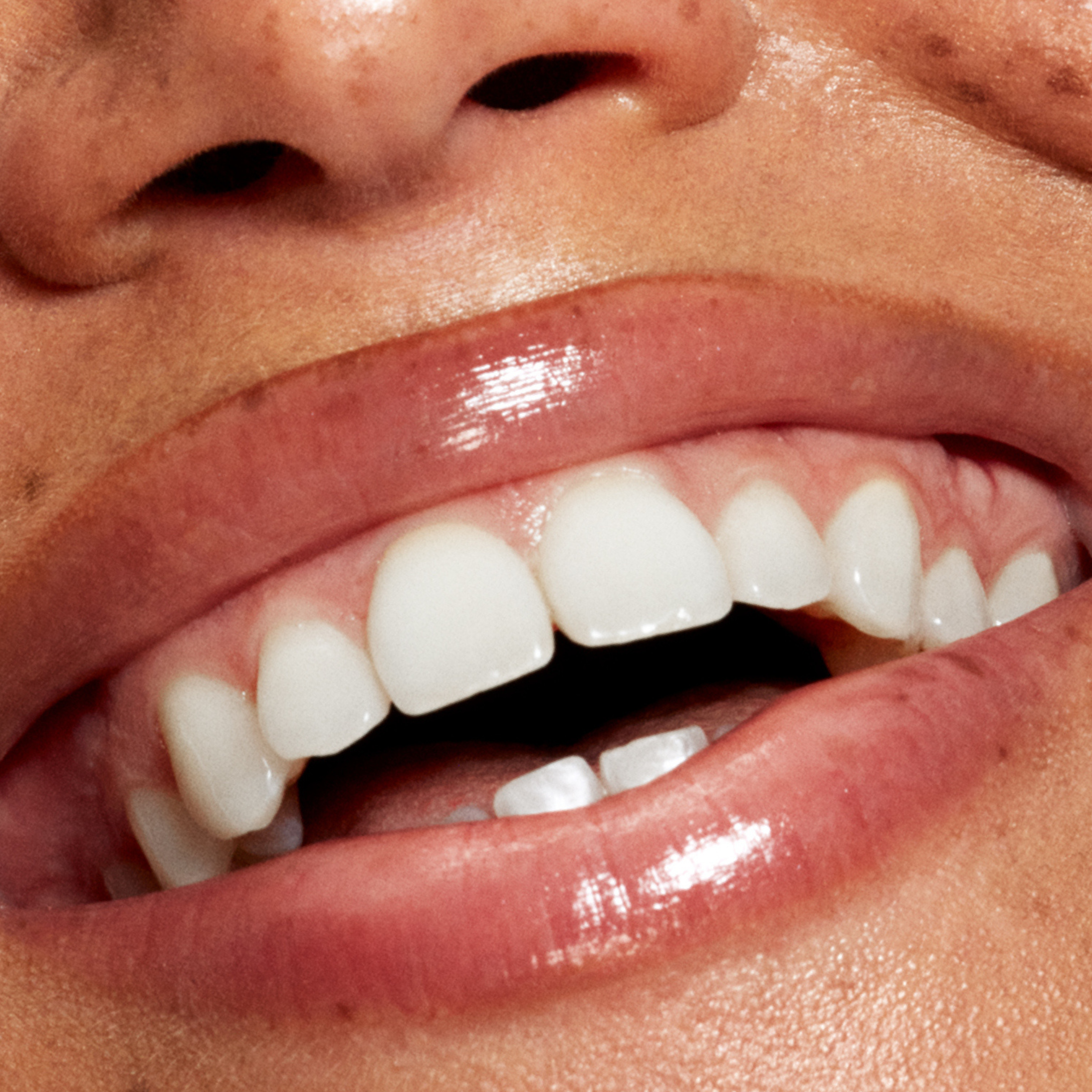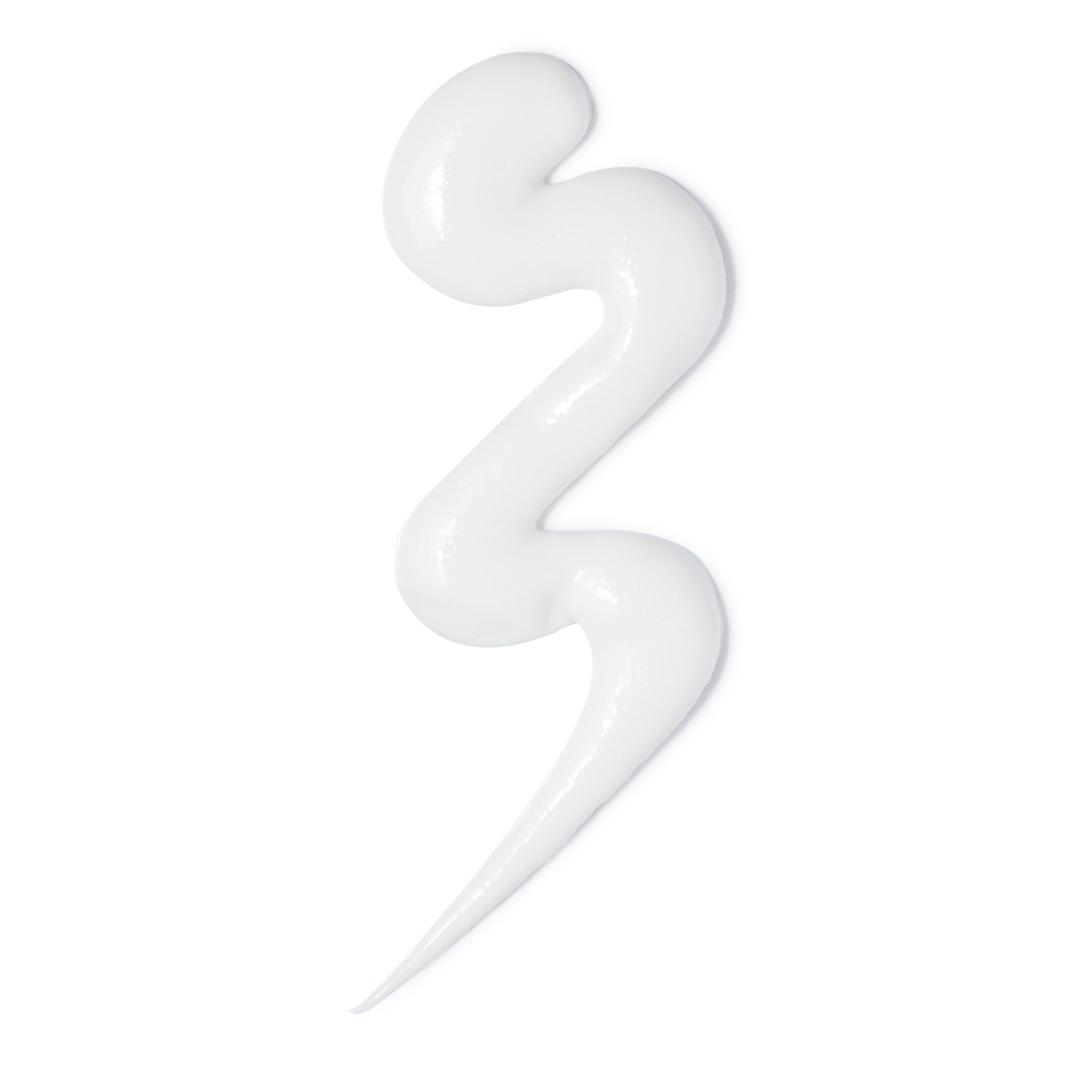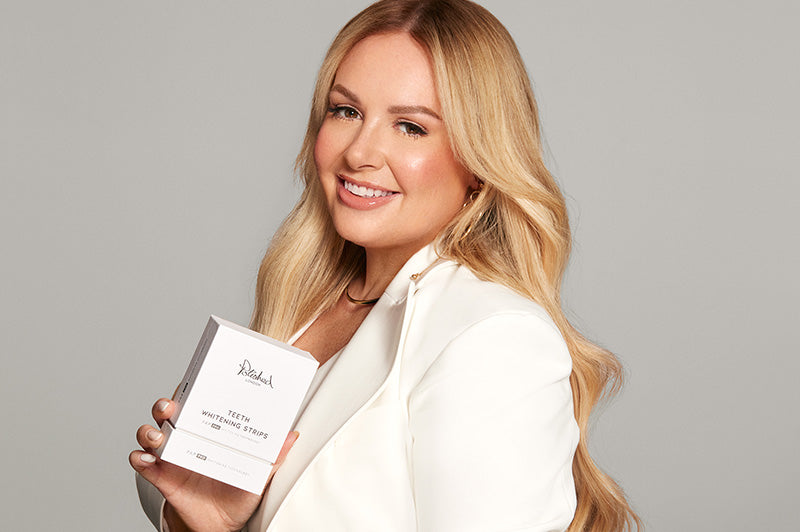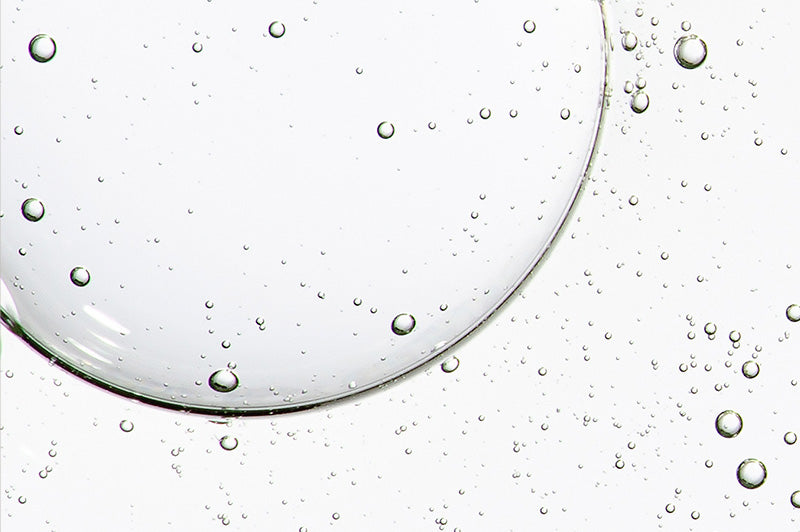Five steps towards a more sustainable beauty routine
As someone who has always loved trying out new beauty products and that flush of happiness achieved from a good beauty haul, I was unsure how or where to begin to make my beauty routine more eco-friendly. It all seemed slightly overwhelming, so I decided to educate myself and focus on sustainable, ethical practices that I could introduce into my own personal daily beauty routine but more importantly, so I could implement a sustainable mindset when it came to running my business. Packaging, ingredients and the products themselves can all have an impact on our environment and I recognised that seemingly small consequences can all add up.
I was shocked to learn that by 2050 it is estimated there will be more plastic in our oceans than fish or even more worryingly, perhaps only plastic left, and a huge proportion of this plastic is single-use. This statistic really brought home to me why it's more important than ever for all of us to do our bit to help the environment as we are all facing a global crisis, and even small steps in the right direction will collectively help reduce the impact of modern life and benefit our planet.
As the founder of Polished London I feel it's my responsibility to rethink the way we approach the beauty industry's waste problem and as a result we are making some really exciting steps towards becoming a more sustainable brand, we’re dedicated to the health of our planet as well as oral health.
Here are our tips on how to establish an eco-friendly, more sustainable beauty routine.

1. Switch from disposable makeup wipes and cotton pads to reusable
Kinder to the environment - and also kinder to your purse - washable face cloths and reusable cotton pads are now fortunately widely available or you could even try making your own. Washed carefully and regularly to ensure good hygiene, reusable cloths and pads can last for years, helping you to build your sustainable skincare routine, cut down on beauty waste and reduce your carbon footprint in the longer term. Try to make sure you don’t leave the tap running while washing to minimise water wastage.

2. Recycling, repurposing and sustainability
Less is more
It might go without saying but try to be mindful of how many beauty products you buy. While it’s always tempting when it comes to cosmetics to spread the net wide and buy across a range in order to try as many as possible to find the products that suit you best, when it comes to sustainable beauty perhaps less is more. Try visiting an in-store cosmetics industry counter and requesting a few mini samples from their eco-friendly beauty products range, hopefully this will mean you’ll find the right products in a sustainable way by minimising wastage while simultaneously saving yourself some hard-earned cash.

Recycle
Try to recycle your beauty product packaging wherever possible, removing trigger lids and pumps and cleaning well before adding to your usual recycling. However, some household recycling schemes do not accept all types of packaging, so check with your local service first.
Some high street retailers are also now offering in store recycling services for packaging not yet covered by local councils, so some of your empty beauty packaging could be recycled this way. Some stores even offer incentives such as gift vouchers, money off coupons and even free products in return for your empties - another win for the environment and a win for you!
Thinking sustainably
Incentive-based recycling schemes and eco-friendly business practices such as these could mean more brands may be regarded as sustainable, as well as those that make contributions to environmental and charitable organisations and projects, such as the Ecologi scheme. All of these factors can contribute to a sustainability mindset, which as business owners and consumers, we would do well to try and aspire to for the sake of our planet.
Repurposing packaging
Many eco-conscious consumers are extremely savvy when it comes to repurposing and reusing packaging as opposed to recycling, and manufacturers are becoming increasingly aware of this trend, adjusting some of their packaging accordingly to make it more re-purposable.

Thinking outside the box
A little thinking outside the box before you pop something in the bin could provide you with all kinds of useful items that will last for years. For example, that incredibly holey t-shirt you’ve owned since your Uni days which you never wear but can’t bear to throw out. Could it finally be repurposed into some ultra soft cotton face cloths? Or the identical trio of almost empty face cream tubs gathering dust at the back of your bathroom cupboard - remove the labels and they could be reused as mini succulent planters to sit on your kitchen windowsill. The possibilities really are endless and are only limited by our own imaginations.

3. Shampoo bars
While recycling and repurposing are great steps we can all take towards better utilising our global resources and therefore protecting our planet, remember the best packaging of all is zero waste packaging. One beauty product which usually comes packaged in recycled paper or card is bar shampoo. These super concentrated types of shampoo obviously come minus the traditional plastic bottle, which also means less volume and weight across the distribution network reducing the carbon footprint of the product still further. Another plus is that they will last longer than a typical bottle of shampoo, provide a beautifully scented lather with little effort and take up next to no space or weight in luggage when travelling - with no chance of leaks! So if you’ve not yet tried a shampoo bar, what are you waiting for?
4. Make the switch from plastic to a Bamboo Toothbrush

In the UK alone, around 264 million plastic toothbrushes are discarded each year, the majority of which end up in landfill. To help make a difference why not consider switching to a Bamboo Toothbrush. Made from ‘Panda Friendly’ MOSO variety of bamboo, our brushes are Vegan friendly, 100% biodegradable and are produced using renewable bamboo cultivated without harmful pesticides or fertilisers.

5. Check the ingredients list for potentially harmful substances
In addition to looking for the Cruelty Free and Vegan logo, and sticking to naturally formulated products where possible, try and get into the habit of reading the ingredients list of beauty products as some are known to cause damage to the environment.
The UK government banned microbeads in rinse off products in 2018, which has resulted in more eco-friendly products on our shelves and a big difference to the quantities of microplastics being released into our environment. However, some beauty products which fall outside of this category have unfortunately been found to still contain microplastics. These include make-up, in particular lipsticks, some skincare products such as hand and body creams, deodorants, hair products and sunscreen.
Ultimately, these microplastics find their way into our water supply and are so miniscule that water treatment facilities are unable to filter them, which means they end up polluting our rivers, lakes and oceans. Unfortunately these plastics will never degrade or break down so they'll remain in our environment indefinitely. Perhaps worse still, they have also been found to release toxic chemicals and the impact of this on health - once ingested by marine life, fish, birds and even humans - is yet to be fully understood.
What to look for:
- Parabens
- Triclosan
- Synthetic fragrance
- Sulfates
- Microplastics and microbeads
Frequently used ingredients which may indicate the presence of microplastics include polyethylene (PE) and polypropylene (PP). Other ingredients to look out for include nylon/ polylactic acid (PA), polymathy methacrylate (PMMA) and polyethylene terephthalate (PET).

We hope our top tips will provide some food for thought and maybe even a little inspiration to try out some eco friendly products and take steps towards making your own beauty routine more sustainable.
Blog posts

Hero Ingredients at Polished London
Why whitening results come from formulation first. At Polished London, we believe effective teeth whitening starts with the formulation not gimmicks. Every ingredient in our oral care products is c...
Read more
Red & Blue Light Therapy: What It Really Does for Your Smile
Red and blue LED light technology is often misunderstood in teeth whitening. Here's what they actually do and why real whitening results come from formulation first.
Read more
Everything You Need to Know About Teeth Whitening Gel
Your smile is one of the first things people notice, and it deserves the very best care. When it comes to whitening your teeth, not all gels are created equal. The truth is, most whitening gels rel...
Read more



